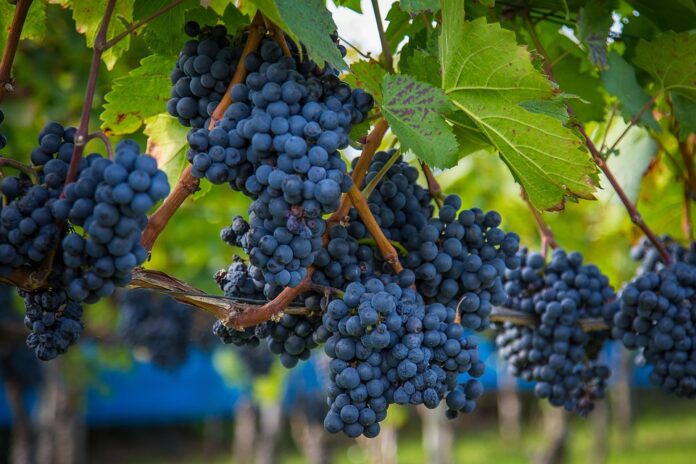The Importance of Terroir and Storytelling in Premium Wine Branding
The wine industry is not just about producing a beverage; it is about crafting an experience that connects consumers to the land, history, and culture behind each bottle. Two key elements that play a significant role in this connection are terroir and storytelling. In this report, we will explore the importance of terroir and storytelling in premium wine branding, and how these factors contribute to the success of wine companies in the competitive market.
Terroir: The Essence of a Wine’s Identity
Terroir is a French term that refers to the unique combination of soil, climate, topography, and other environmental factors that influence the characteristics of grapes grown in a specific region. It is the essence of a wine’s identity, reflecting the sense of place where the grapes are cultivated. Terroir plays a crucial role in defining the flavor profile, aroma, and quality of a wine, making it a key factor in premium wine branding.
Wine enthusiasts value terroir because it adds authenticity and uniqueness to a wine. Consumers are willing to pay a premium for wines that express the distinct characteristics of their terroir, as they offer a sensory journey that cannot be replicated elsewhere. Wineries that emphasize terroir in their branding can differentiate themselves from competitors and attract discerning consumers who appreciate the authenticity of their wines.
Storytelling: Creating Emotional Connections
Storytelling is another essential element in premium wine branding, as it helps create emotional connections with consumers. Wine companies that tell compelling stories about their history, winemaking process, and the people behind the brand can captivate consumers and build brand loyalty. By sharing stories about their vineyards, traditions, and values, wineries can engage consumers on a deeper level and establish a strong brand identity.
Effective storytelling can also help wine companies stand out in a crowded market. By communicating the passion and dedication that goes into producing their wines, wineries can create a memorable brand experience that resonates with consumers. Storytelling can evoke emotions, spark curiosity, and enhance the perceived value of a wine, making it more appealing to consumers who seek a meaningful connection with the products they purchase.
Industry Insights and Financial Data
According to the Wine Institute, the United States is the world’s largest wine market, with an estimated retail value of $72.2 billion in 2020. The premium wine segment continues to grow, driven by consumer demand for high-quality, artisanal wines that reflect their terroir and tell a compelling story. In recent years, premium wine brands have seen increased sales and market share, as consumers seek out unique and authentic wine experiences.
Many premium wine brands have successfully leveraged terroir and storytelling in their branding strategies to differentiate themselves and attract consumers. For example, Napa Valley wineries like Opus One and Screaming Eagle have built strong brand identities around their terroir-driven wines and rich storytelling. These wineries command premium prices for their wines, reflecting the perceived value of their unique terroir and compelling narratives.
Conclusion
In conclusion, terroir and storytelling play a crucial role in premium wine branding, helping wine companies create authentic, memorable, and emotionally engaging experiences for consumers. By showcasing the unique characteristics of their terroir and sharing compelling stories about their brand, wineries can differentiate themselves in the market, attract discerning consumers, and command premium prices for their wines. As the demand for premium wines continues to rise, terroir and storytelling will remain essential elements in building successful wine brands that resonate with consumers and stand the test of time.




